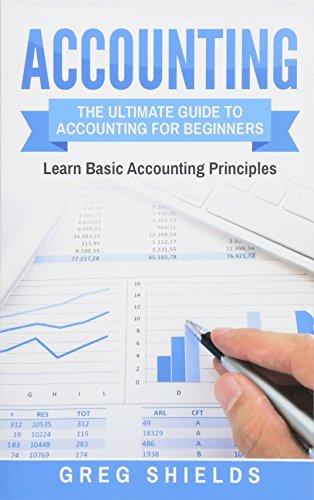Question
The following information pertains to Kwon Corp. at January 1, 2010. Common stock, $10 par, 50,000 shares authorized, 2,000 shares issued and outstanding $ 20,000
| The following information pertains to Kwon Corp. at January 1, 2010. |
| Common stock, $10 par, 50,000 shares authorized, 2,000 shares issued and outstanding | $ 20,000 |
| Paid-in capital in excess of par, common stock | 15,000 |
| Retained earnings | 65,000 |
| Kwon Corp. completed the following transactions during 2010: |
| 1. | Issued 2,000 shares of $10 par common stock for $25 per share. |
| 2. | Repurchased 200 shares of its own common stock for $22 per share. |
| 3. | Resold 50 shares of treasury stock for $26 per share. |
1.
value: 1.00 points
Required information
| Required: |
| (a) | How many shares of common stock were outstanding at the end of the period? |
| Outstanding at the end of the period |
References
eBook & Resources
WorksheetDifficulty: MediumLearning Objective: 08-5
Check my work
2.
value: 1.00 points
Required information
| (b) | How many shares of common stock had been issued at the end of the period? |
| Issued at the end of the period |
References
eBook & Resources
WorksheetDifficulty: MediumLearning Objective: 08-5
Check my work
3.
value: 1.00 points
Required information
| (c) | Organize the transactions data in accounts under the accounting equation. (Amounts to be deducted should be indicated with minus sign. Leave no cells blank - be certain to enter "0" wherever required. Omit the "$" sign in your response.) |
| Kwon Corporation Accounting Equation | |||||||||
| Event | Assets | = | Stockholders' Equity | ||||||
| Cash | = | Comm Stock | + | PIC in Excess CS | + | PIC in Excess TS | - | Treasury Stock | |
| 1. | |||||||||
| 2. | |||||||||
| 3. | |||||||||
| Bal. |
|
|
|
|
| ||||
References
eBook & Resources
WorksheetDifficulty: MediumLearning Objective: 08-5
Check my work
4.
value: 1.00 points
Required information
| (d) | Prepare the stockholders' equity section of the balance sheet reflecting these transactions. (Amounts to be deducted should be indicated with minus sign. Omit the "$" sign in your response) |
| Stockholders' Equity | ||
| (Click to select)Treasury stockRetained earningsDividendsCommon stockDividends payable | $ | |
| (Click to select)Treasury stockRetained earningsDividends payableDividendsPaid-In Capital in Excess of Par, CS | ||
| (Click to select)Treasury stockRetained earningsPaid-In Capital in Excess of Cost, TSDividends payableDividends |
| |
| Total Paid-In Capital | $ | |
| (Click to select)DividendsDividends payableRetained earningsCommon stockPaid-In Capital in Excess of Cost, TS | ||
| (Click to select)Plus: Treasury stockPaid-In Capital in Excess of Cost, TSCommon stockRetained earningsLess: Treasury stock | ||
| Total Stockholders' equity | $ | |
Step by Step Solution
There are 3 Steps involved in it
Step: 1

Get Instant Access to Expert-Tailored Solutions
See step-by-step solutions with expert insights and AI powered tools for academic success
Step: 2

Step: 3

Ace Your Homework with AI
Get the answers you need in no time with our AI-driven, step-by-step assistance
Get Started


